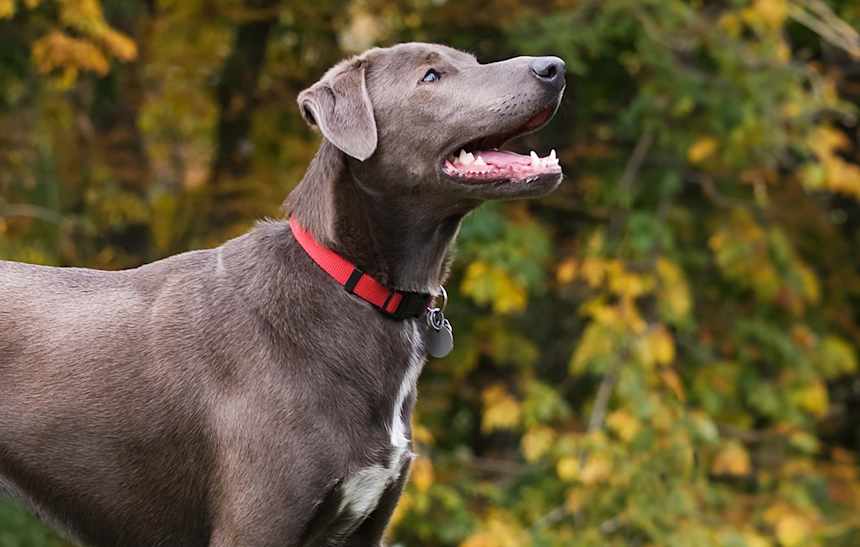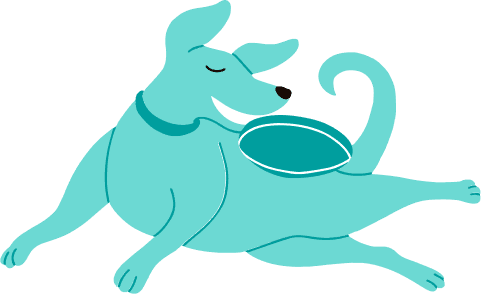Blue Lacys stop growing in height around 12 to 18 months of age, though they may continue to fill out and gain muscle until they’re about two years old. The growth plates, which are the areas of developing cartilage tissue near the ends of long bones, usually close by 12 to 18 months as well. This signals the end of their bone growth.
It’s important to wait until your Blue Lacy is close to 12 months old before switching them to adult food, especially if they’re on the larger side. Puppy food is designed with higher calories and nutrients to support their growth, so transitioning too early can lead to an imbalance in their diet or even stunt their growth. Once you start switching, just remember to do it gradually over a week or so, mixing the new adult food a little at a time with the puppy food to avoid upsetting their stomach.






